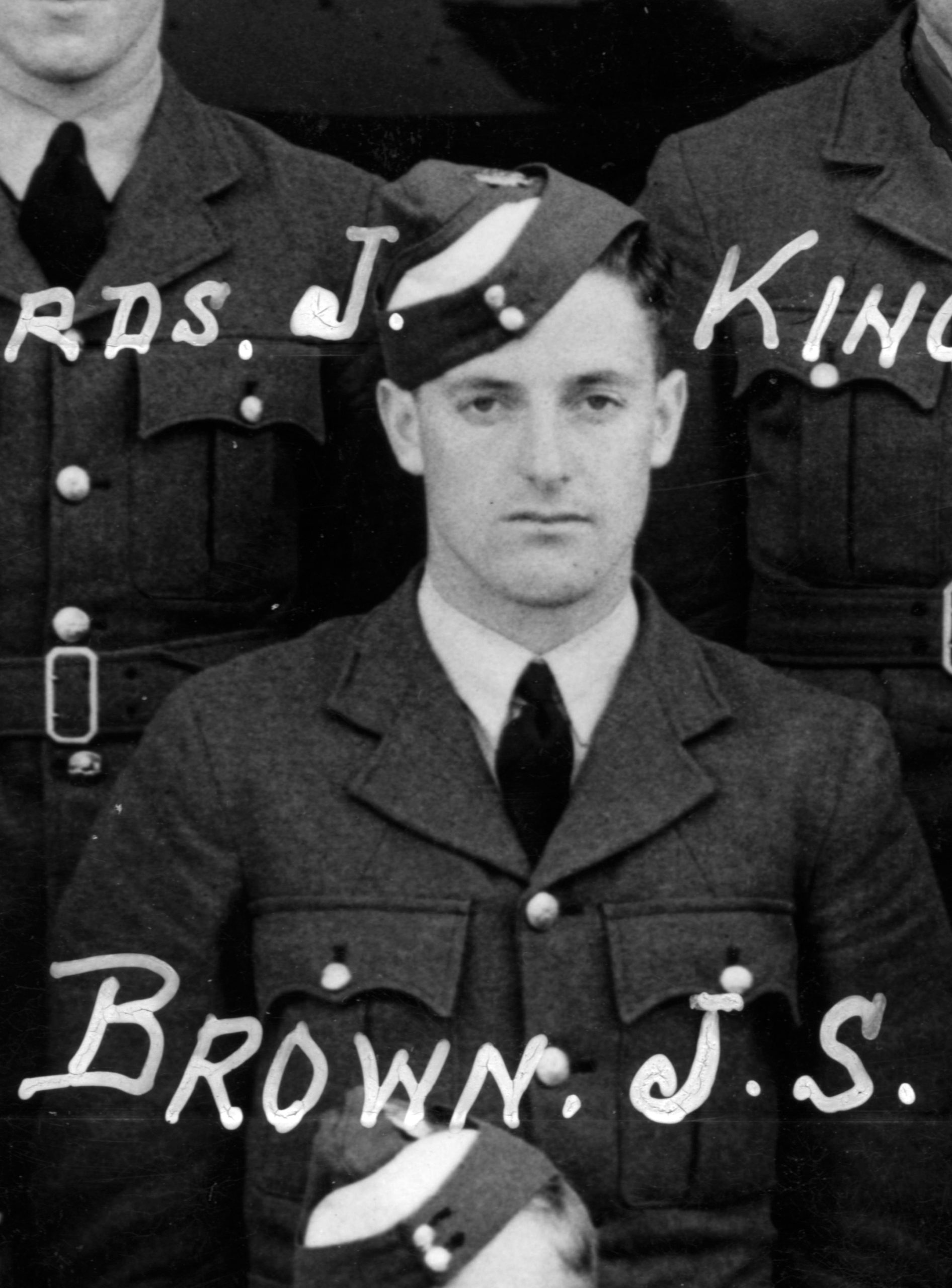Warrant Officer Leslie James Sim Brown’s D-Day story is remarkable in that he did not fly over Normandy at all, having been shot down in April 1944, but he made an astonishing contribution from behind enemy lines.

Brown, from Milton in Otago, was a pilot with No. 620 Squadron dropping supplies to the British special Operations Executive and French Resistance, who were committing acts of sabotage and other disruption to the Germans in preparation for the Normandy landings.
Brown and another crew member, Pilot Officer CG Griffin survived a crash over occupied territory in April and were hidden by the Resistance.
Making contact with British agent George Starr, they waited for the chance to be escorted to Spain. In the meantime, they decided to take up arms and assist the French civilians in the fight.
On 6 June, Starr and his unit (possibly including Brown) destroyed a railway line from Auch to Agen. During the operation Griffin was ambushed and captured, but Brown reamined at large.
The landings on D-Day saw a great increase in German efforts to destroy the Resistance and on 14 June 1944, Germans attacked Brown’s unit based at Castelnau-sur-l’Auvignon in south central France.
The citation for his Military Medal explains what happened next:
‘Warrant Officer Brown manned a Bren gun all day on the front-line and inflicted considerable losses on the enemy and only withdrawing on orders at nightfall. Again, at Estang he manned a Bren gun and operated at the most dangerous point in the line. He showed an outstanding example of cool courage and daring throughout.’
Surviving the onslaught, Brown met some other American and British aircrew some 10 days later. They made their way along the escape network, reaching Spain on 4 August 1944. Brown was repatriated via Gibraltar a month later. Brown died in Kaiapoi in 1981.




